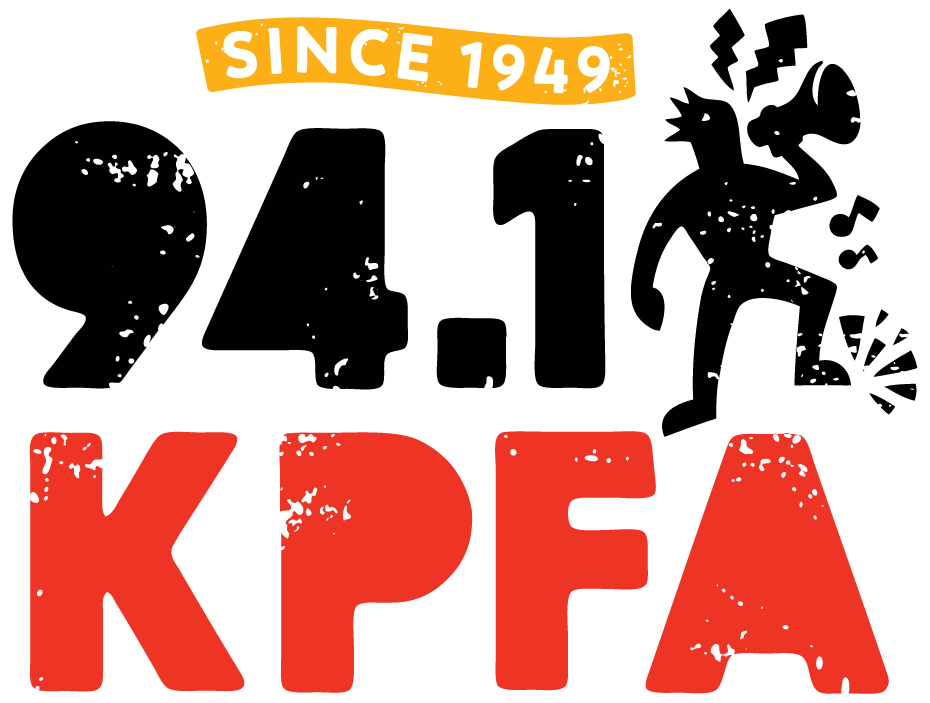Jack begins National Poetry Month with poet-novelist-story teller John Smelcer, who refers to himself as an “insider/outsider: living between two cultures.” Smelcer “was raised in Alaska to know and participate in Native Ways, beliefs, customs, and subsistence practices. He has dedicated his life to preserving his Ahtna heritage, language, myths, traditional Indian knowledge, and archaeological sites, and he has taught literature, creative writing, public speaking, and Native Studies for over twenty years. His novels, short stories, poems, essays, screenplays and articles, anchored in Alaskan culture, have been published and translated worldwide” (website).
In his essay, “In the Past’s Familiar Tongue,” published in Here First: Autobiographical Essays by Native American Writers, Smelcer writes, “I wonder that if a precise blood level is selected to define who is and who is not a Native American writer or artist, how many Native Americans would not be Indian at all, and what would happen to our children and grandchildren? Supporters of such ‘quantum logic’ think too much of the present and of their niche in contemporary literature and art. But if ‘Indianness’ is determined by a code that restricts too much only so that it limits new writers and artists from being accepted because of possible economic competition, what will happen to future descendants? Will our own children be alienated will reservation childhood friends be able to claim their Indian identity? If we say that an individual must be of a certain blood quantum to be a Native American writer, what will happen in twenty, thirty, or fifty years when, through natural deaths, suicides, intertribal marriages, and miscegenation, our own children will no longer be Indian under whatever blood-quantum standard is established today? Will the future destruction of Native American identity be at the hands of Native-imposed limits that do not preserve and cultivate tradition and culture, but instead alienate future members?
“In my melancholy following these correspondences, when I too might have embraced the easy escape of my brother and cousin, I traveled instead to the sacred earth of my ancestors and there was lifted and given back my life and pride. I know who I am. No one will ever take that away from me.”
John Smelcer’s most recent book of poetry is Indian Giver (Leapfrog Press). On today’s show, he reads passages from it recorded in Missouri by Emerald O’Brien. This is the opening of Smelcer’s poem, “The Incomplete & Unauthorized Definition of American Indian Literature”:
“Indian is not a derogatory word.
It’s what we call ourselves. We claim it.
Not all Indians wear long black hair
or faded red bandanas.
Percentage of people who say they are part Cherokee: 50
Percentage who claim to have a nameless great-grandmother
who was a Cherokee princess: 100
Percentage of actual Cherokee princesses in history: 0
Percentage of the Cherokee Nation, compared to the number of all other recognized tribes in America: 0.2
Percentage of Americans who are enrolled Indians according to the U.S. Census Bureau: 0.67
Fiction by Indians outsells poetry by Indians,
yet poetry is the language of sorrow and heartbreak.
All Indians speak poetry,
yet no Indian has won the Pulitzer Prize for poetry.
This is the mathematical formula for deciphering meaning in Native American poetry:
Where a represents anger and s represents sorrow,
let P represent poetry and t represent the duration
(time) of marginalization (expressed in centuries)
Thus, P = t(a + s)2
Indian writers shouldn’t drive sports cars.
I traded my yellow Porsche for a pick-up truck
with a quarter million miles
and a rifle rack in the rear window.
Not all Indians come from Horse Cultures.
Not all Indians ride horses.
I’ve only been on a horse once and it threw me.
Writing by Indians should contain dogs.

